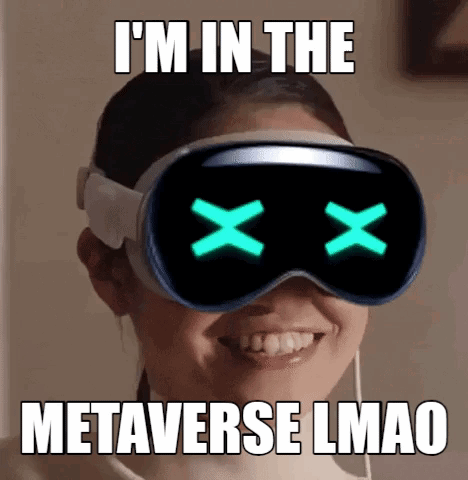Is VR Travel the Real Metaverse?
As Meta plunges billions into building their vision of a virtual reality metaverse, some are looking to VR travel experiences as the true embodiment of this next iteration of the internet.

As Meta plunges billions into building their vision of a virtual reality metaverse, some are looking to VR travel experiences as the true embodiment of this next iteration of the internet.
Let's face it, VR travel experiences is the metaverse I think we all expected or wanted, but not what we got, far from it, we got served up endless games over substance.
Let's dig a little deeper.
VR travel does exactly what it says on the tin, it allows users to digitally transport to real-world places like Paris, Egypt, or Antarctica using 360° footage and spatial audio. Platforms like Wander VR offer photorealistic virtual tours led by guides. Users walk the streets of Rome or climb Ecuador's Cotopaxi volcano without leaving home.
So how might roaming the planet in VR represent the "real" metaverse?

First, by focusing on digitizing real spaces instead of fantasy worlds. The metaverse aims to mirror elements of our physical reality through immersive digital environments. VR travel leverages actual destinations and artifacts.
Second, today's VR travel taps into humanity's innate desire for exploration and discovery. Moving freely within VR removes physical limitations, allowing anyone to experience our world. This aligns with the metaverse's promise of boundless digital existence.
Third, social connection is core to the metaverse vision. While basic now, current VR travel services could integrate multiplayer modes and social interaction around shared virtual experiences.
However, challenges remain. Navigating the globe in VR lacks visceral natural elements like temperature, wind, and scent. And device availability issues persist.
But with AR and haptics, VR travel's realism will only improve.

For those dreaming of metaverse freedom, VR travel's virtual tourism could be the most immediately "real" gateway into an endlessly explorable digital existence.
The technology is nearly there to make it actual real life looking, Nerfs (Neural Radiance Fields) will speed this up, rather than coding up a look-a-like version within a game engine.
I have always thought since I saw my first Nerf on Twitter (X), that Nerfs-as-a-service or NaaS will be the next big game changer, but it's all been forgotten largely because of the AGI hype cycle we're currently in.
Why do you thing Apple and Google use all that tech on top of small cars to map streets?
Bingo. Welcome to the real Metaverse.







